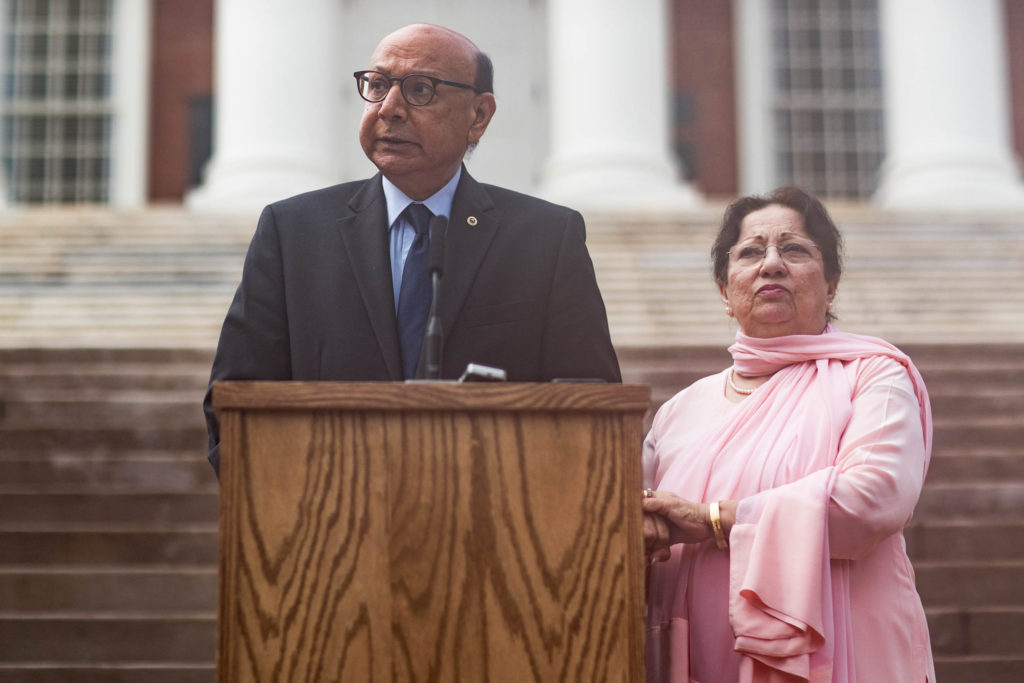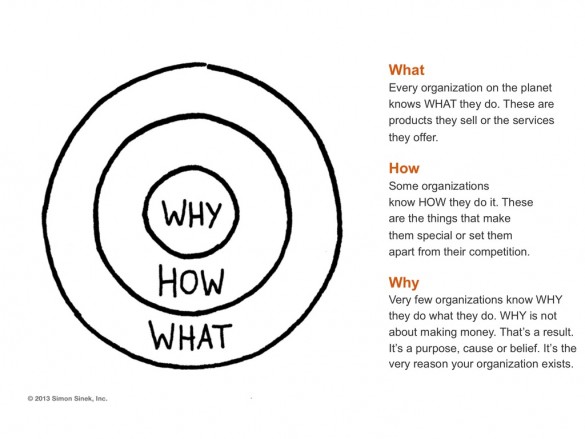Last month my family laid my father, Colonel Richard Keating, to rest in Arlington National Cemetery. He was a veteran and cared deeply about other veterans, everyone who wore a uniform in service to the country he loved. My dad served over 23 years in the Army as an Infantry Officer, starting in the 82d Airborne Division. He went on to become a Green Beret who fought bravely for his country during three tough combat tours in Vietnam. Veteran’s Day had a special meaning for my father. I am reposting this blog in honor of him.

My father rarely ever cried
I looked over at my dad and noticed he was crying. It is not often that my father was moved to tears. He usually did not cry on Veterans Day. My dad, my sons called him Opa, was one of the toughest people I ever knew. He was an Airborne Ranger Special Forces officer who survived three tours in Vietnam without a scratch. He also had a big heart. I only recalled him crying when family members passed away.

Veteran’s Day 2017 was a special one
My brother and I had the privilege of escorting my dad to the Vietnam Memorial in Washington DC. Opa participated in a ceremony with his 1956 West Point classmates. Each year those who are still here gather at the wall to honor one of their classmates who perished during the war. They read the names of the fallen, share the story of one in detail, and then walk down to where the name of that person is etched on the wall to place a wreath.

Family members of the fallen participate
It is a simple ceremony – nothing fancy. No long speeches, no politicians, no fanfare. Just a small group of veterans honoring one of their own. It was one of the most powerful Veteran’s Day events I have ever witnessed. I can understand why my dad cried during the ceremony. I teared up more than once while there.

Visiting the wall is difficult for many veterans like my dad
I am really glad that Opa was brave and decided to participate in the ceremony. He usually didn’t. My dad is a Vietnam veteran. He served three tough tours there. He lost a lot of friends in the war. Visiting the wall was a draining event for him. It was an emotional one. The wall reminded him of the war, battles fought, lives lost, and the complicated aftermath.

Many veterans thrived after Vietnam
Fortunately, my father was able to return to the states and live a healthy and productive life after the war. My brother and I are the direct beneficiaries of my dad’s ability to put the war behind him and fulfill the American dream – to provide for your children so that they have an even better life than the one you lived. I have the same dream for my children and will do all that I can to make that happen. I want them to have a better life than mine. The reason veterans fight is for a better tomorrow.

Veteran’s Day is for telling stories
My dad was a generous person and was always willing to help others in need. I experienced this firsthand as his son and witnessed it as he interacted with others. I saw another example of it during this ceremony. After we walked down to the wall Opa called over one of the family members who attended. He was the grown son of a fallen classmate. He is probably my age, or maybe even a little bit older. My dad let this family member know that he was good friends with his father many years ago. Opa shared a funny story that the man had never heard before.

Veterans know stories that family members need to hear
Dad proceeded to tell the son of his fallen classmate about his father. What his dad was like as a man. How he was a strong, smart, and brave soldier. Opa thought about the world of his classmate and was very sad when he learned about the untimely death of his good friend. My father was emotional – his eyes welled up with tears. Fond memories mixed with painful blasts from the past. It was a difficult thing for my dad to do, but he did it anyway. Opa gave this man a special gift that morning. The gift of knowing that his own dad was a great soldier. Afterward, the man thanked Opa for his service, and more importantly for letting him know about his father.

Thank you to all veterans
It is impossible to calculate the toll war takes on a nation, especially its veterans. So it is important that we honor those who have served. The brave men and women who have sacrificed so much for our country. They deserve our respect and gratitude. My father is from a generation that fought an unpopular war, in an unknown part of the world, for reasons that are still somewhat of a mystery to this day. It was tough, but he and his generation did their part.
From this day to the end of time, without our being remembered: we few, we happy few, we band of brothers—for whoever sheds his blood with me today shall be my brother. However humble his birth, this day shall grant him nobility.
Henry V by William Shakespeare
Today’s veterans deserve our thanks
For the past two decades, our country was entangled in a long war that has cost our nation dearly. Today’s veterans face many of the same challenges that my dad and his classmates did many years ago. One day many years from now they too will gather together and talk about the wars they fought. As for you – do your part. If you see any veterans – thank them for their service. They deserve it, just like my dad.

ATW! is designed to make you a better leader
I hope you join me on this journey to raise up the next generation of leaders. The world is in desperate need of more great leaders. Women and men who lead with confidence, clarity, and creativity. It’s time to become the leader that your world needs. Let’s go All The Way!



















































